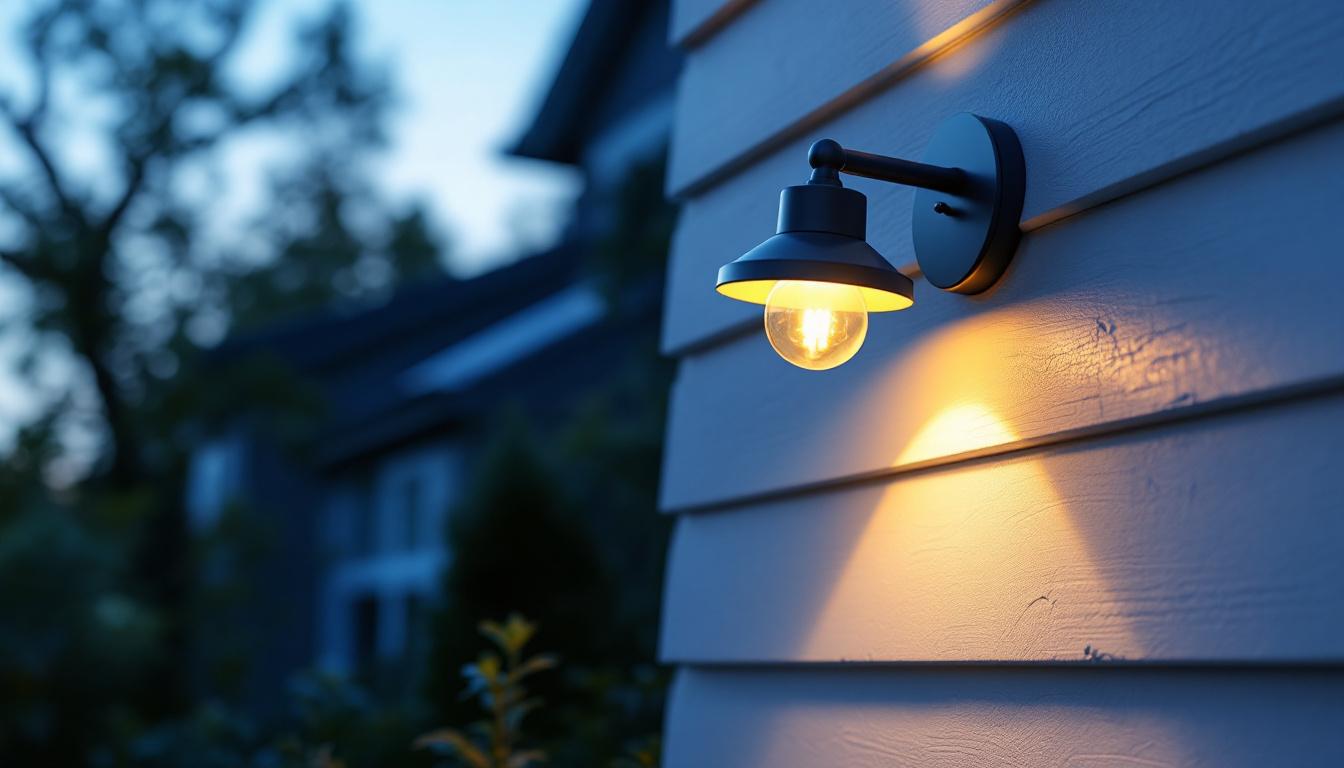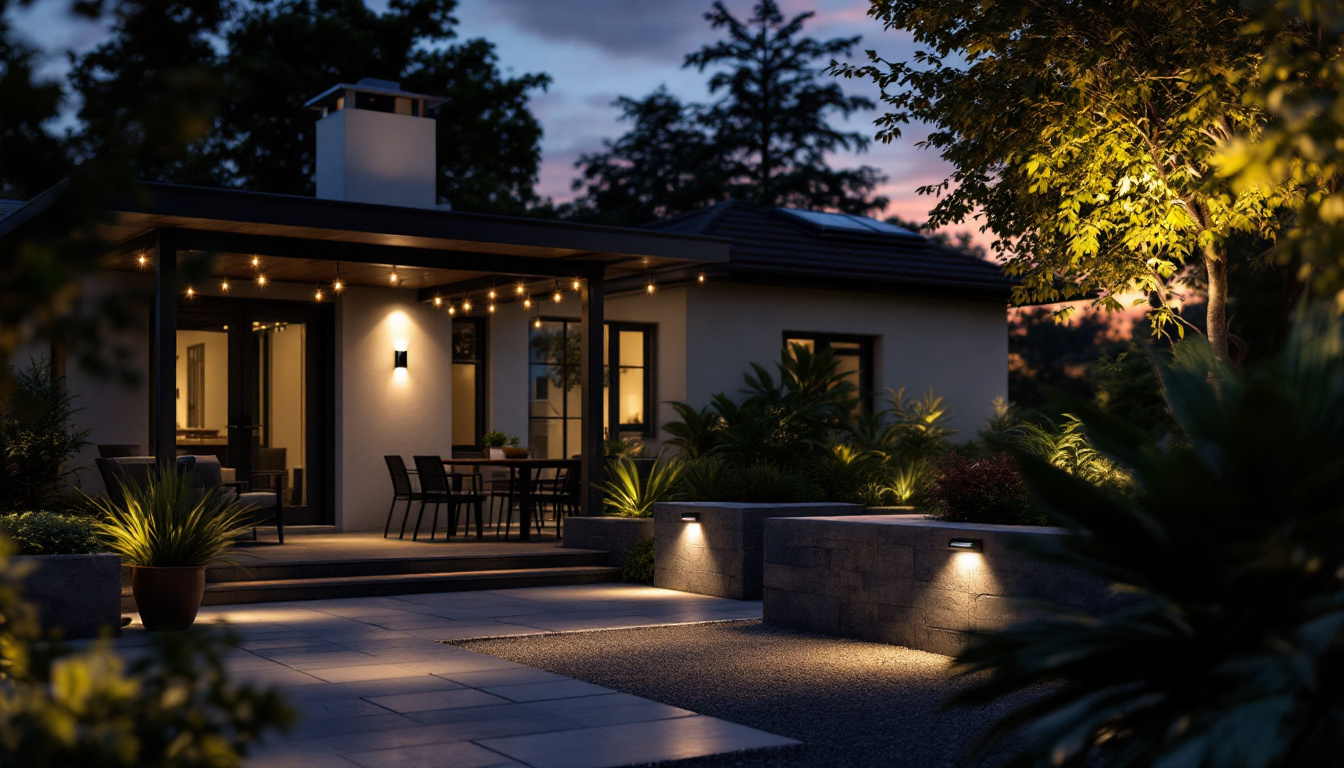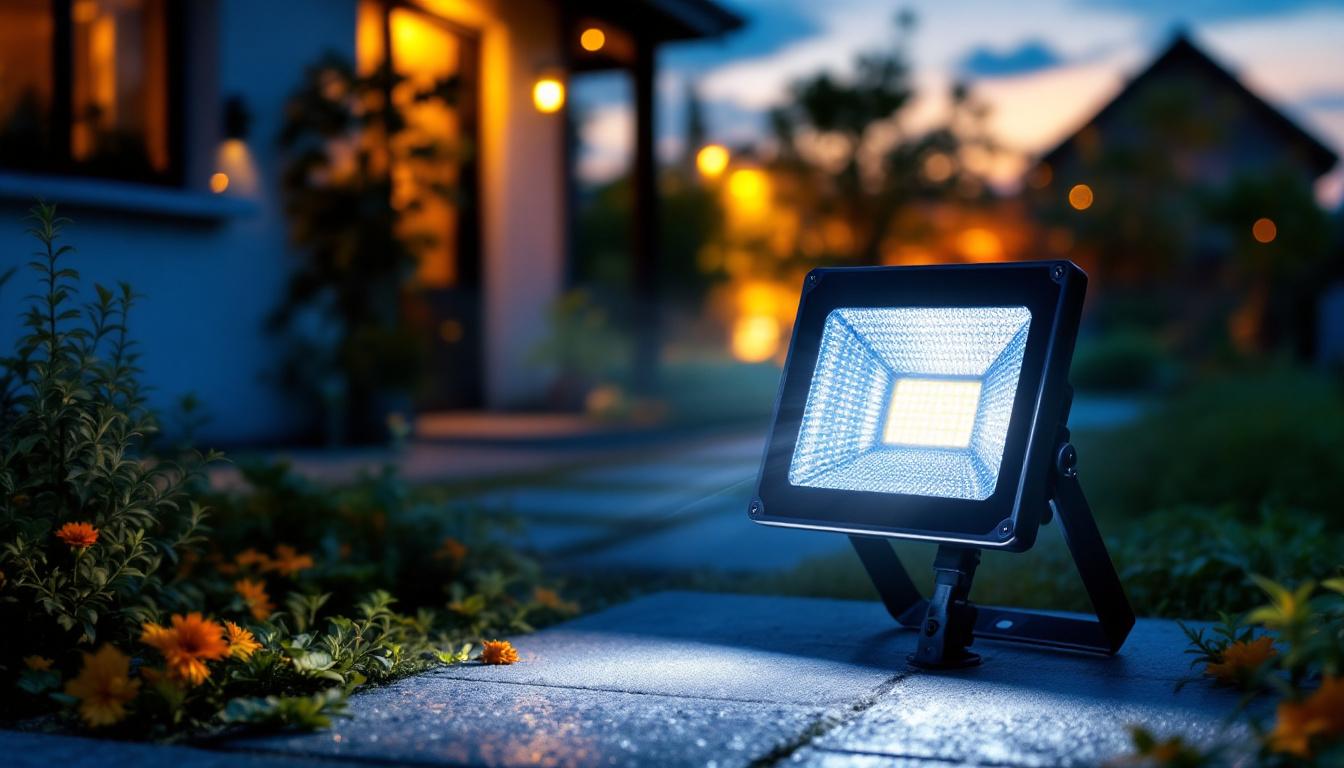
Lighting Recessed Lighting: The competitive edge for Lighting Contractors
In the ever-evolving landscape of the lighting industry, recessed lighting has emerged as a staple in both residential and commercial spaces. For lighting contractors, understanding the nuances of recessed lighting can provide a significant competitive edge. This article delves into the advantages of recessed lighting, its applications, and how contractors can leverage this knowledge to enhance their services.
Recessed lighting, often referred to as can lighting or pot lighting, involves fixtures that are installed into the ceiling, creating a sleek and modern appearance. This type of lighting is designed to provide ambient illumination while maintaining a clean aesthetic. The fixtures are typically housed in a cylindrical housing that is mounted above the ceiling line, allowing the light to shine down unobtrusively. This design not only enhances the visual appeal of a space but also maximizes the use of available light, making rooms feel more open and inviting.
In addition to their aesthetic benefits, recessed lights can be strategically placed to enhance the functionality of a room. For example, in a kitchen, recessed lighting can be installed above work areas to provide focused task lighting, while in a living room, it can create a warm and welcoming atmosphere. The ability to customize the placement and brightness of recessed lights allows homeowners and designers to tailor the lighting to suit specific activities and moods, making it a versatile choice for any interior design project.
There are several types of recessed lighting fixtures available, each serving different purposes. The most common types include:
Furthermore, there are also specialized fixtures designed for specific applications, such as wet-rated recessed lights for bathrooms or outdoor spaces, which are built to withstand moisture. Additionally, some fixtures come equipped with dimming capabilities, allowing users to adjust the brightness according to their needs, whether it’s for a cozy movie night or a bright, energizing morning routine. This level of customization not only enhances the functionality of the lighting but also contributes to the overall ambiance of the space.
The advantages of recessed lighting extend beyond aesthetics. Here are some key benefits that lighting contractors should highlight to clients:
Moreover, recessed lighting can enhance the overall value of a property. Well-planned lighting design can make a home more appealing to potential buyers, as it reflects a modern and updated aesthetic. Additionally, the energy-efficient options available today not only contribute to lower energy costs but also align with the growing trend towards sustainable living. By opting for recessed lighting, homeowners can enjoy a stylish and practical solution that meets their needs while also being environmentally conscious.
Recessed lighting is incredibly versatile and can be applied in numerous scenarios. Understanding these applications allows contractors to tailor their offerings to meet client needs effectively.
In residential settings, recessed lighting can transform a space. Common applications include:
Additionally, recessed lighting can be used in hallways and staircases, ensuring safety and visibility while also adding a touch of elegance to these often-overlooked areas. By strategically placing fixtures along the walls or ceilings, homeowners can create a seamless flow throughout their living spaces. Furthermore, in bedrooms, recessed lighting can be installed to provide soft, ambient light that is perfect for winding down at the end of the day, while also offering focused lighting for reading or other activities.
For commercial spaces, recessed lighting plays a critical role in creating an inviting atmosphere. Key applications include:
Moreover, in healthcare facilities, recessed lighting can be utilized to create a calming environment for patients, with fixtures designed to minimize harsh shadows and provide a soothing light spectrum. In educational settings, such as classrooms and lecture halls, recessed lighting can help maintain focus and concentration, allowing for a better learning experience. By integrating smart lighting controls, commercial spaces can further enhance their functionality, allowing for automated adjustments based on the time of day or occupancy levels, ultimately leading to energy savings and improved user experience.
While the benefits and applications of recessed lighting are clear, installation requires careful planning and execution. Lighting contractors must consider various factors to ensure a successful installation.
The height and type of ceiling significantly impact the choice of recessed lighting fixtures. For instance, low ceilings may require shallow fixtures to avoid a cramped feel, while higher ceilings can accommodate larger fixtures that provide more light. Additionally, different ceiling types, such as drywall or plaster, may necessitate specific installation techniques.
Proper wiring is crucial for recessed lighting installations. Contractors must ensure that the electrical system can handle the load of the new fixtures. This may involve upgrading existing wiring or circuits to meet safety standards. Additionally, understanding local building codes and regulations is essential to avoid any compliance issues.
Strategic placement and spacing of recessed lights can make a significant difference in the overall effectiveness of the lighting. A general rule of thumb is to space the fixtures approximately 4 to 6 feet apart, depending on the brightness of the bulbs and the height of the ceiling. Proper placement can help eliminate shadows and ensure an even distribution of light.
Lighting contractors have a unique opportunity to build strong relationships with clients by educating them about recessed lighting. Providing valuable information can help clients make informed decisions, ultimately leading to greater satisfaction with the final results.
Design consultations can be an effective way to engage clients. By discussing their needs and preferences, contractors can recommend specific recessed lighting solutions that align with their vision. This personalized approach not only builds trust but also positions the contractor as an expert in the field.
Displaying a portfolio of previous recessed lighting projects can be a powerful marketing tool. Potential clients are often impressed by visual examples of successful installations. This not only showcases the contractor’s skills but also provides inspiration for clients as they envision their own spaces.
The lighting industry is constantly evolving, with new technologies and design trends emerging regularly. Contractors who stay informed about these changes can better serve their clients and maintain a competitive edge.
Smart lighting systems are becoming increasingly popular, allowing users to control their lighting through smartphones or voice-activated devices. Contractors should familiarize themselves with these technologies and consider offering smart recessed lighting options to clients. This can enhance convenience and energy efficiency, appealing to tech-savvy consumers.
As sustainability becomes a priority for many consumers, lighting contractors should consider incorporating eco-friendly practices into their services. This includes recommending LED recessed lighting fixtures, which consume less energy and have a longer lifespan compared to traditional bulbs. Additionally, discussing recycling options for old fixtures can resonate well with environmentally conscious clients.
Effectively marketing recessed lighting services is essential for attracting new clients and growing a lighting contracting business. A well-rounded marketing strategy can highlight the unique benefits of recessed lighting and showcase the contractor’s expertise.
Social media platforms are powerful tools for marketing recessed lighting services. By sharing photos of completed projects, educational content, and client testimonials, contractors can engage with potential customers and build a strong online presence. Platforms like Instagram and Pinterest are particularly effective for showcasing visually appealing lighting designs.
Content marketing can also play a significant role in attracting clients. Writing blog posts, creating videos, or hosting webinars about recessed lighting can position contractors as thought leaders in the industry. This not only builds credibility but also provides valuable information that potential clients may be searching for.
Recessed lighting offers numerous advantages for both residential and commercial applications, making it a valuable service for lighting contractors to provide. By understanding the intricacies of recessed lighting, from installation considerations to marketing strategies, contractors can enhance their offerings and build stronger relationships with clients. Embracing industry trends and educating clients about the benefits of recessed lighting will not only set contractors apart from the competition but also contribute to the overall success of their businesses.
Ready to give your clients the sleek, modern look of recessed lighting while staying ahead of the curve? At LumenWholesale, we provide lighting contractors like you with the highest quality, spec-grade lighting products at prices that can’t be beaten. Say goodbye to local distributor markups and hello to a vast selection of reliable, high-performance lighting that meets the most stringent industry standards. Plus, with free shipping on bulk orders, you can stock up on everything you need without worrying about hidden fees. Elevate your lighting projects with the unbeatable value and convenience of Wholesale Lighting at the Best Value from LumenWholesale.

Discover the top benefits of outdoor wall mount lights for lighting contractors, from enhanced energy efficiency to versatile design options.

Discover how solar flood lighting is revolutionizing outdoor illumination, offering sustainable and efficient solutions for modern needs.

Discover the advantages of solar flood lights with remote control and why they are a must-have for every lighting contractor.

Discover the transformative impact of Light Kit LEDs in modern lighting installations.